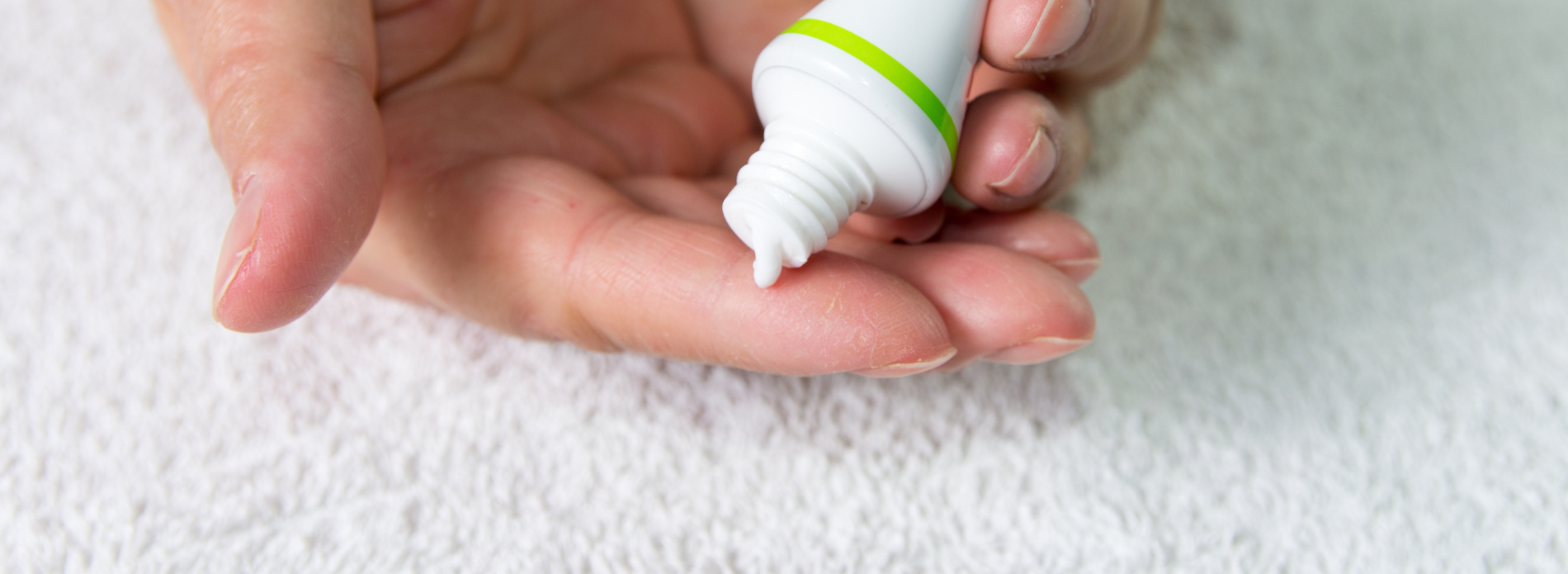When you get a cut or wound, your body naturally starts to heal itself. Initially, a scab forms to protect the area, but it's not very strong. Over time, the healing process goes through three phases.
Let's take a closer look at these phases:
1) Initial inflammatory phase
This is when your body's natural response kicks in. Blood vessels contract to form a clot, and then they dilate to allow important nutrients, white blood cells, and antibodies to reach the area.
2) Proliferation phase
During this phase, new skin starts to form with the help of collagen-rich tissue. The appearance of the wound during this phase indicates how well it's healing.
3) Maturation or remodelling phase
This is the final stage of healing where the scar flattens and becomes softer as some collagen disappears. This phase can last for 12 to 18 months or longer.
The healing process isn’t always straightforward, and the wound may go back and forth between the second and third phases. Ideally, the wound should heal from the deeper layers to the surface layers, which takes time and optimal conditions.
A scar is a raised area of thickened skin that remains after a wound has healed. Scarring is a natural part of tissue repair, and it can take up to two years for a scar to look like normal skin again.
Regularly massaging and moisturising the scar are important for reducing its appearance.
Difficult to heal scars
Some scars don't heal well and can grow beyond the normal skin area. There are two main types of difficult-to-heal scars: hypertrophic scars and keloid scars.
1) Hypertrophic scars
These scars usually occur when the deeper layer of skin called the dermis is damaged. They appear as red, raised, and thick scars. Hypertrophic scars typically settle on their own within 1 to 2 years and usually don't spread beyond the original injury area.
2) Keloid scars
These on the other hand, tend to extend beyond the original wound boundaries. They can remain elevated, become shiny, hairless, hard, and rubbery, and change colour over time. While keloid scars may improve in appearance, they are unlikely to disappear completely.
To reduce the appearance of scars, it's important to keep the skin moisturised. Using emollients can help soften and hydrate the skin.
Examples of suitable emollients include:
- Aveeno bath oil
- Aqueous cream
- Aproderm gel
- Balneum bath oil
- Cetraben emollient bath additive
- Doublebase emollient bath additive/ shower gel/ wash gel
- E45 bath oil or E45 wash cream
- Hydromol bath and shower emollient
- Oilatum emollient bath additive or shower gel
- QV bath 85.09% oil and QV gentle wash
- Zerolatum Emollient bath additive
- Zeroneum.
Moisturisers
For smaller scars, the following moisturising formulas could be considered:
Liquids/ lotions
- E45,
- QV 5%.
Creams
- Aquamax,
- Epaderm,
- Epimax original,
- Lipobase,
- Ultrabase,
- Unguentum M cream,
- Zerobase 11%,
- Hydromol 2.5%,
- Oilatum,
- Cetraben,
- Zerocream,
- Epimax moisturising cream,
- E45,
- Aveeno.
Ointments
- Cetraben,
- Zeroderm,
- AquaDerm Hydrous,
- Epaderm,
- Hydromol,
- Vaseline.
Gels
- Aproderm,
- Doublebase,
- Epimax isomol,
- Hypobase,
- Zerodouble gel.
Silicone-based gels
For deeper scars, silicone-based gels like:
- Bapscarcare,
- Ciltech,
- Dermatix,
- Kelo-Cote,
- NewGel+E,
- ScarSil,
- and Silgel STC-SE are more effective.
Massaging the scar with silicone gel for several months can help reduce scar tissue.
If the scar is itchy, antihistamines like chlorphenamine, cetirizine, loratadine, and acrivastine can provide relief. Keep in mind that some of these antihistamines may cause drowsiness.
In certain cases, your healthcare provider might recommend a steroid cream to reduce inflammation and itchiness. However, it's crucial to consult your GP before using any scar treatments, as they can provide personalised advice and guidance based on your specific situation.
Remember, scars take time to heal and fade. Be patient with the process and follow the recommendations of your healthcare provider. By caring for your scars properly, you can help minimize their appearance and support the healing journey.
Information provided and reviewed by the AXA Health 24/7 health support line team, for members.
Sources
- Scars – NHS factsheet
- Scars treatment – NHS website
- Emollients – NHS website















